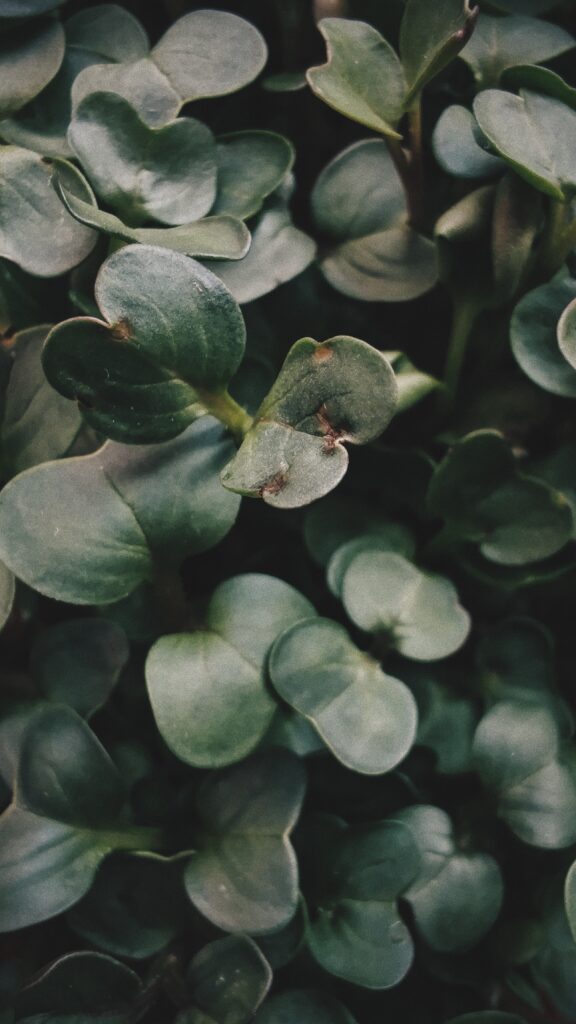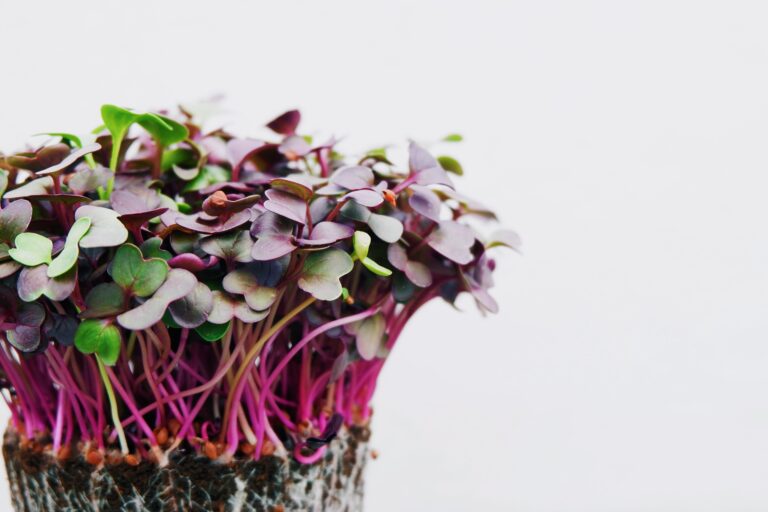Crop Selection and Microgreens
Part of Microgreens in Gravity
Stage I: Microgreen Biomass Analysis
Stage II: Microgreen Tropisms and Root Architecture Analysis (coming soon)
Stage III: Simulated Microgravity Phenotypic Analysis (coming soon)
The Ideal Crop or "Ideotype"
Ideal plants to be grown in space are selected based on the following criteria: crop potential (yield, edible biomass as well as oxygen and water production); ratio of total biomass to edible biomass (harvest index); crop growth efficiency (growth time and space required, nutrient value; and crop horticultural needs (development, energy requirements, water utilization, harvesting, and crop processing). In summary, plants grown in space should require minimal crew attention and preparation time, while producing nutrient dense-yields. Additionally, these plants need to have fast growth cycles while requiring minimal growth space and water intake.
An ideal crop type that fits this criteria are salad crops. Salad crops are suitable for modular chamber cultivation due to their minimal space requirements. The majority of salad crops have relatively short growth cycles and require minimal horticultural care. In addition, most salad crops can be eaten fresh. This program focuses on the effects of a specific salad specialty crop in microgravity: microgreens.

What are Microgreens?
Microgreens are small (2.5 cm to 8 cm tall), colorful, nutrient-dense crops that are often used to enhance flavor in dishes. Generated from vegetables, legumes, grasses, and herb seeds, microgreens typically have short species-specific production cycles lasting between one to three weeks. They are harvested after their cotyledons are expanded and the first set of true leaves have emerged. Studies from the USDA have shown that at equal weights, most microgreens contain about 5 to 30 times more nutrients than the mature leaves of the same plant species. Due to their high nutrient concentrations, fast growth cycles, low water/space requirements, and minimal horticultural requirements, microgreens could someday be an integral component of a bioregenerative life support system. For these reasons, the first stages of the AIRI program will focus primarily on collecting valuable experimental data on microgreens.

The AIRI program is meant to provide opportunities to contribute to the field of space plant biology research through authentic scientifically significant investigations. However, ultimately the plants grown in space for crews will be meant to be consumed by explorers from diverse cultural backgrounds and traditions. The tastes of these crews will be as diverse and shaped by their cultural experiences. Along with the experimental data, AIRI is interested in outlining how personal experiences may shape a person’s taste and pallet towards the plant foods they consume. One way to contribute to this is by filling out the “What is your favorite Microgreen?” metadata analysis form. This data can be used to shape your future investigations as well as possibly outline the connection between a person’s preference in microgreens and their background.

